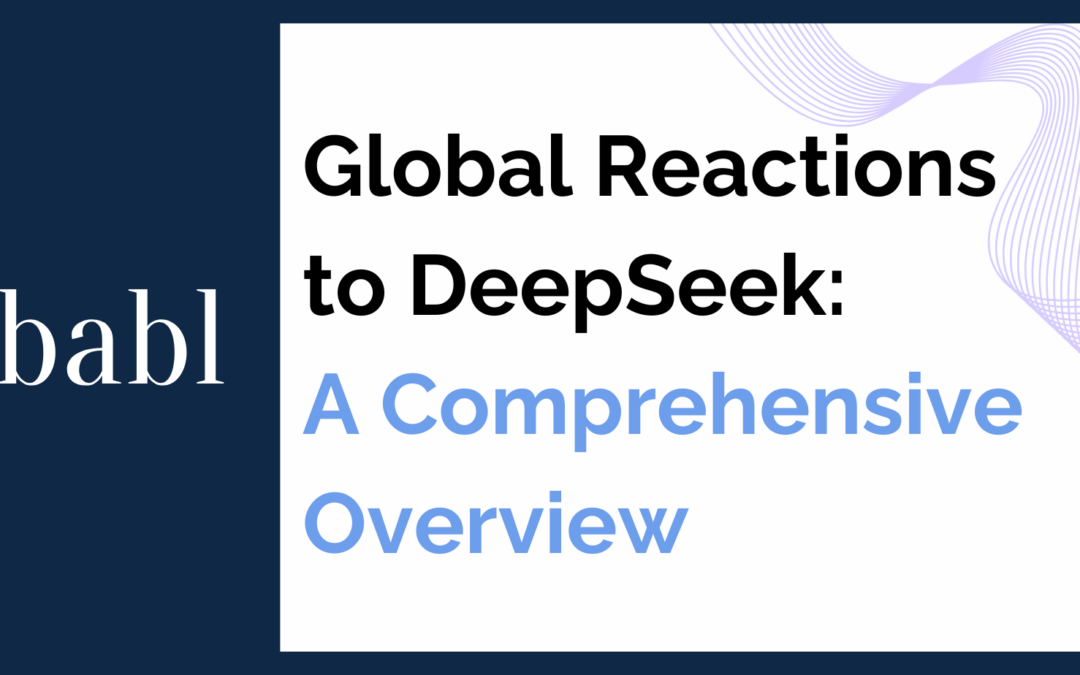
by Jeremy Werner | Feb 18, 2025 | Blog
Since its launch in early 2025, China’s AI chatbot DeepSeek has rapidly gained international attention, sparking a wide range of responses from governments worldwide. Concerns over data privacy, national security, and content censorship have led to various...
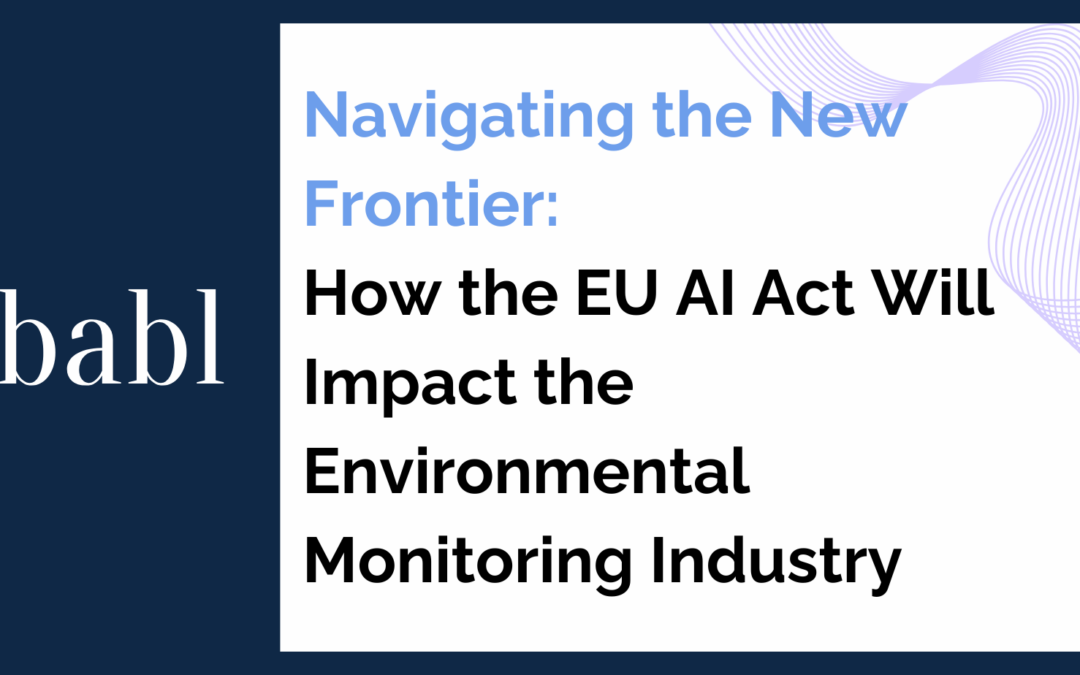
by Jeremy Werner | Feb 4, 2025 | Blog
The EU AI Act is set to be a transformative regulatory framework that will significantly influence various sectors, including environmental monitoring. As AI technologies become increasingly integral to managing and protecting the environment, the EU AI Act aims to...
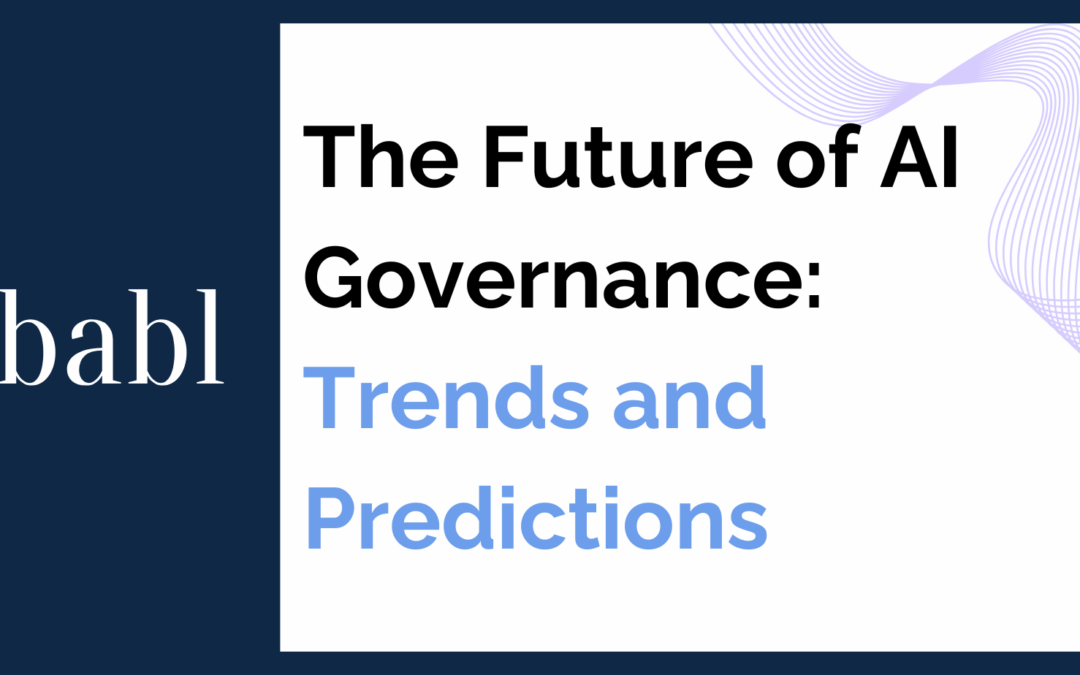
by Jeremy Werner | Jan 31, 2025 | Blog
As artificial intelligence (AI) continues to evolve and integrate into various sectors, the need for robust AI governance becomes increasingly critical. Governance frameworks help ensure that AI technologies are used ethically, responsibly, and in ways that benefit...
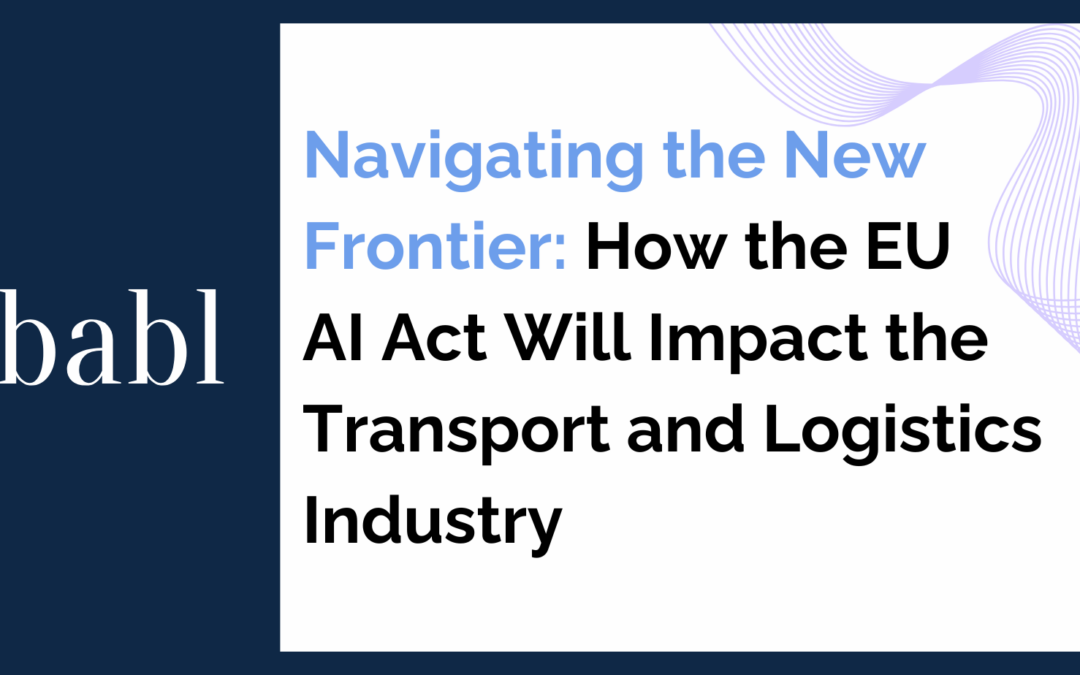
by Jeremy Werner | Jan 28, 2025 | Blog
The EU AI Act represents a transformative regulatory framework that is set to shape the deployment and use of AI technologies across various sectors, including transport and logistics. As AI technologies become increasingly integral to managing and optimizing...
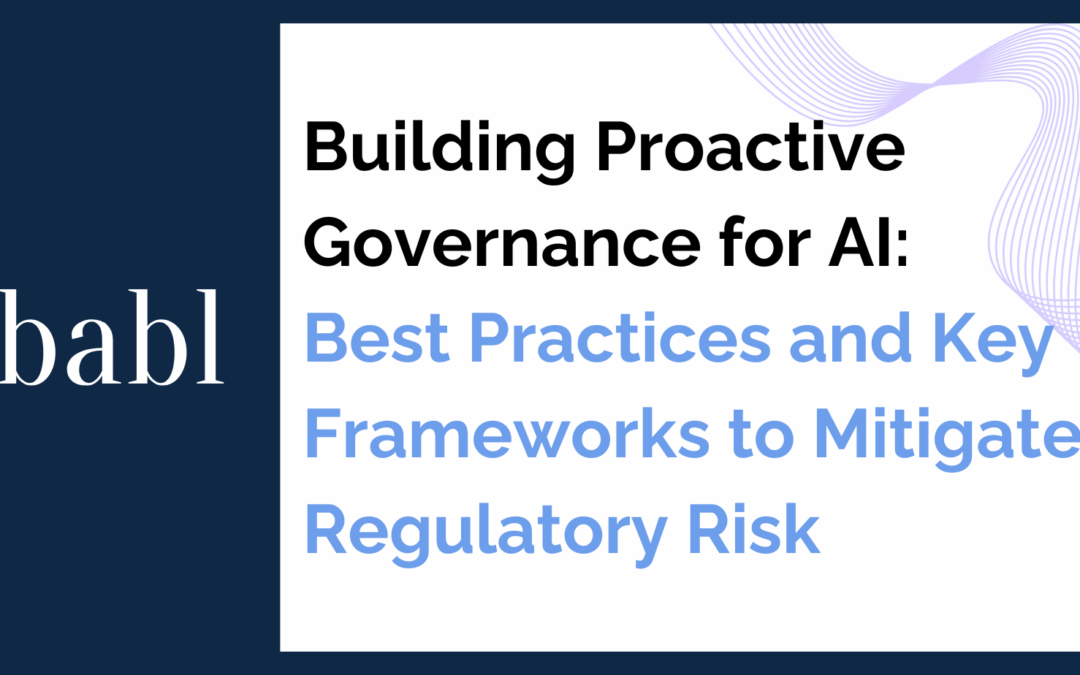
by Jeremy Werner | Jan 23, 2025 | Blog
In today’s digital landscape, artificial intelligence (AI) is rapidly transforming sectors across industries. Yet, as AI systems become more prevalent, governments worldwide are racing to implement regulatory frameworks to ensure safe, ethical, and transparent...
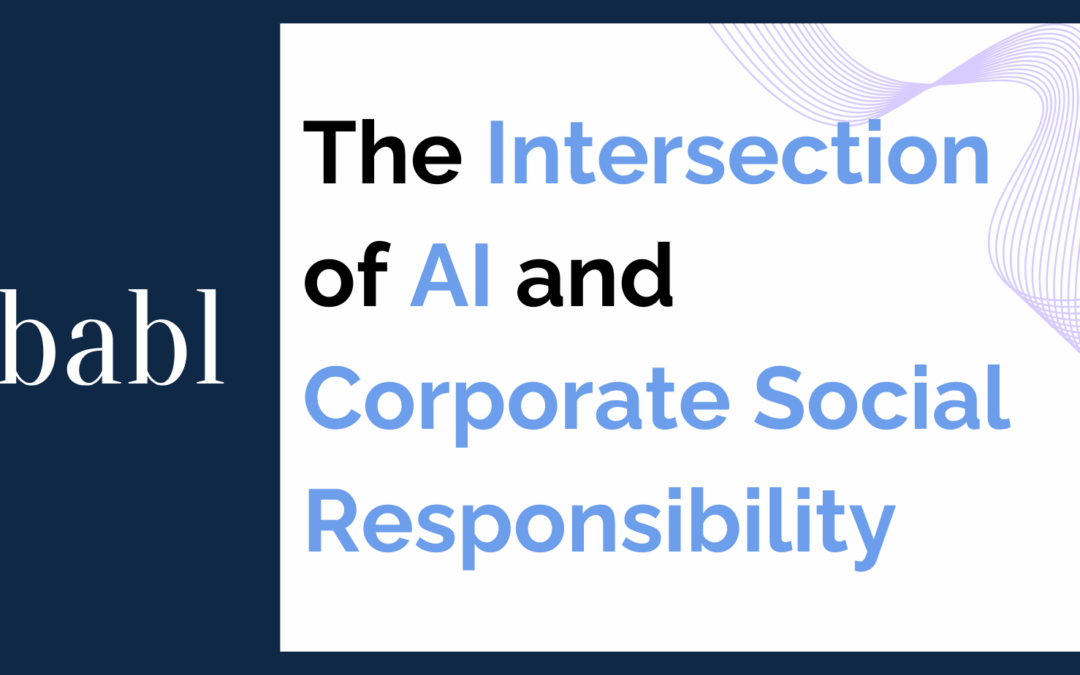
by Jeremy Werner | Jan 22, 2025 | Blog
As artificial intelligence (AI) continues to revolutionize industries, it also presents a unique opportunity for companies to align their technological advancements with corporate social responsibility (CSR) initiatives. The integration of AI into CSR efforts not only...







